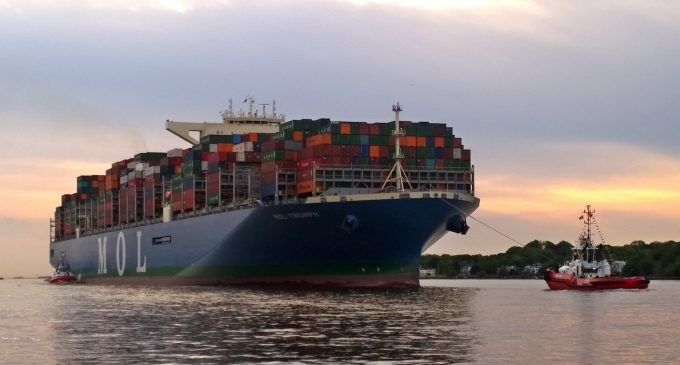Ocean Alliance splits ANP service into two to ease Vancouver delays
Chronic bottlenecks at Canada’s Vancouver Port have seen the Ocean Alliance split its Pacific North-west ...

The proforma network schedules of the three Asia-North Europe alliances are currently unsustainable, and carriers need to add three ships per loop to maintain a weekly frequency.
That is the conclusion reached by Alphaliner in its latest analysis of schedule integrity on the tradelane, looking at the completion of round-trip voyages between 1 May and 15 May.
According to the consultant, during the period, ships on Asia-North Europe loops arrived back in China, on average, 20 days late, compared with their proforma ...
Volcanic disruption at Anchorage could hit transpacific airfreight operations
Shippers snap up airfreight capacity to US ahead of tariff deadline
Forwarders stay cool as US 'liberation day' tariffs threaten 'global trade war'
New price hikes may slow ocean spot rate slide – but for how long?
Tighter EU import requirements proving 'a challenge' for forwarders
Supply chain delays expected after earthquake hits Myanmar
Looming Trump tariffs will create 'a bureaucratic monster' for Customs

Comment on this article